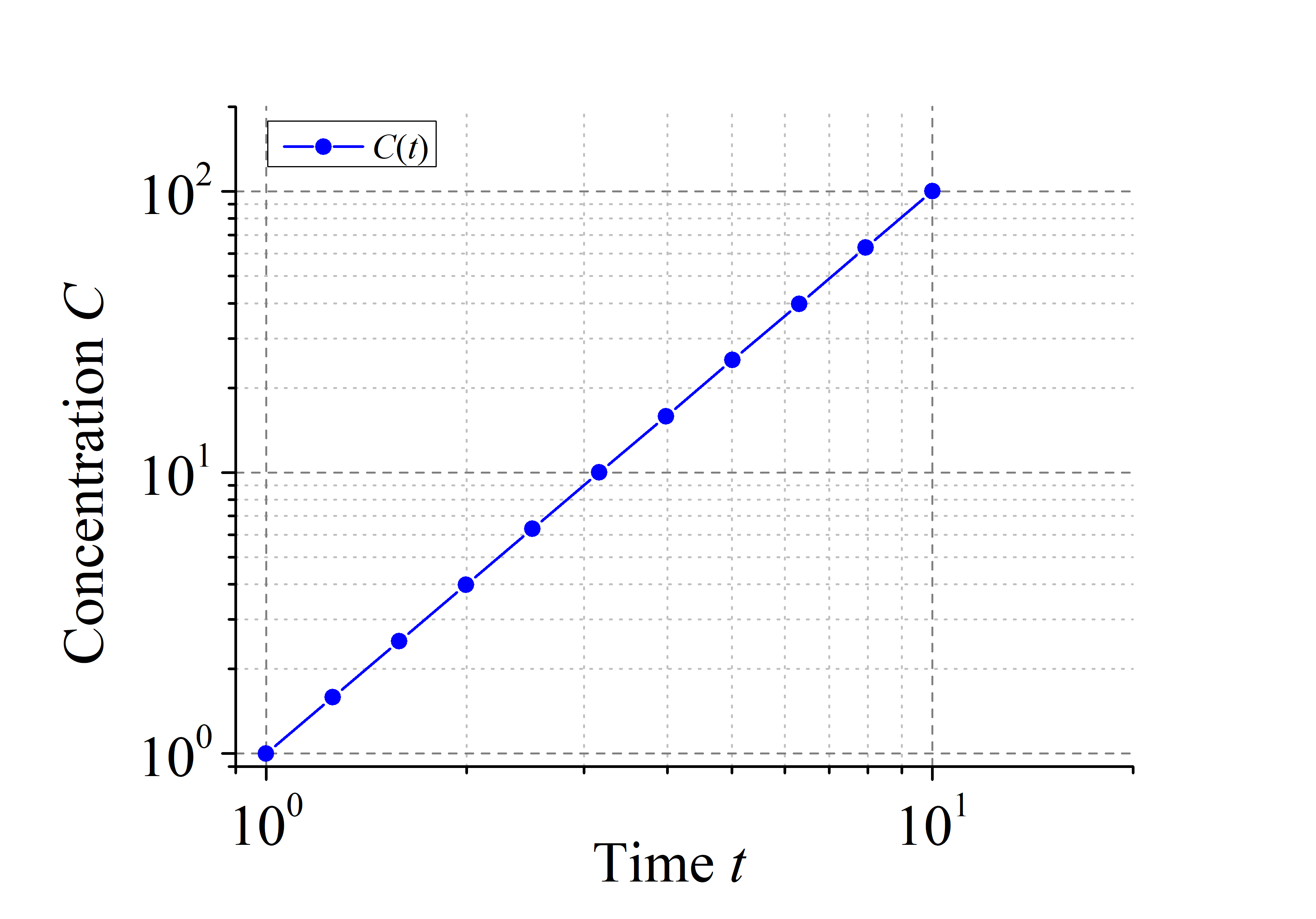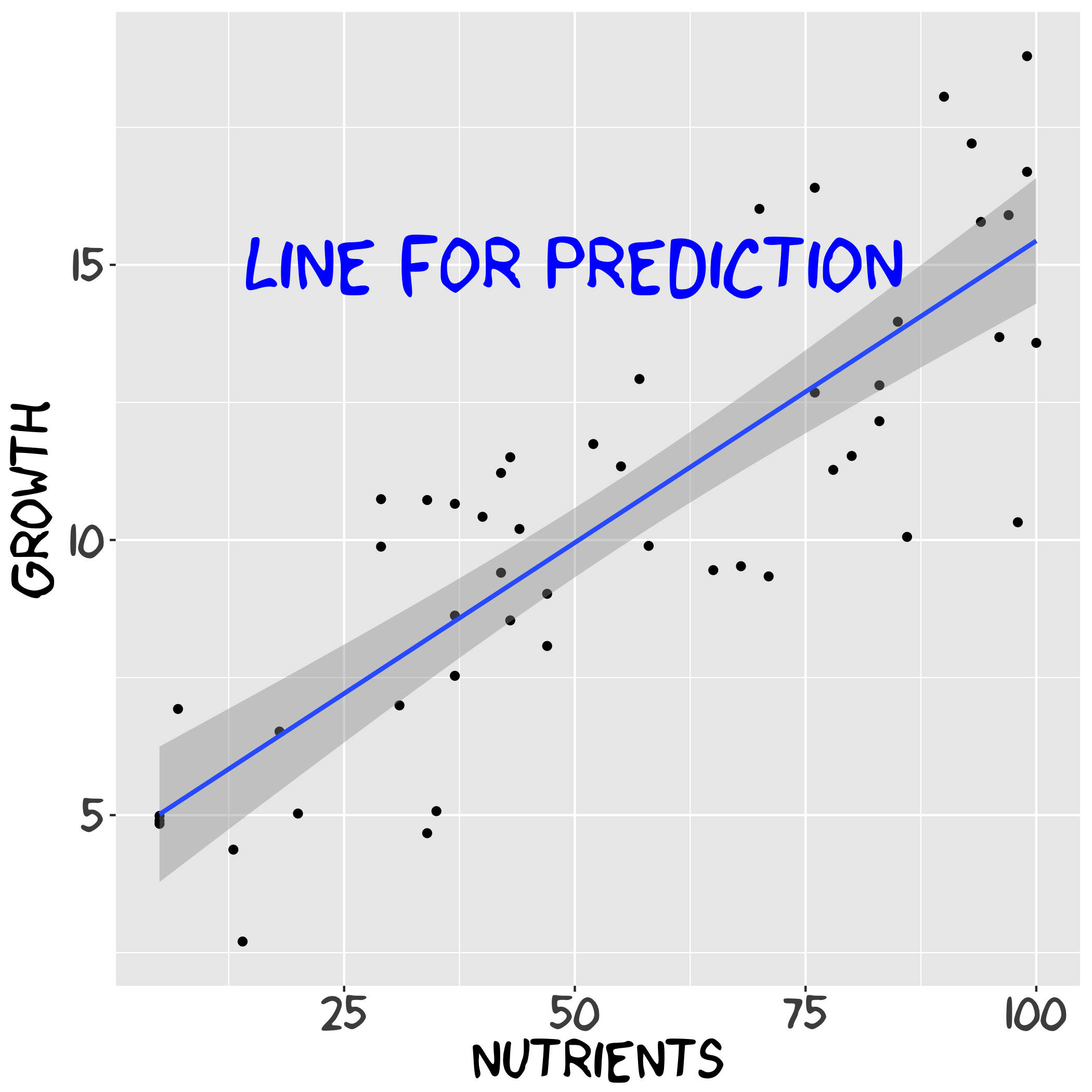Introduction
This document has been designed to allow you to test whether you are ready for the M.Sc. courses Environmental Sciences and Ecotoxicology. Given the huge diversity of B.Sc. courses nationally and internationally, and consequently very different backgrounds of students, the self assessment will give you an indication of your strengths and weaknesses in subjects that are known to be demanding for first semester M.Sc. students. In case the test recommends to improve your knowledge in some areas, learning resources are suggested. We urge you to follow the recommendations provided by the test as otherwise you may struggle and potentially fail courses in the first semester, which will impact study duration.
Each section should not take you more than 10-15 minutes and you can make a break whenever you want. You should answer the questions without using external help (i.e. textbooks, websites) - cheating renders the results of the self-assessment useless! Of course, you can also revisit the page whenever you want and you do not need to go through the whole test at once.
Good luck - and looking forward to meet you in Landau soon!

Chemistry
The first part deals with questions related to laboratory practice, the second part with general questions related to environmental chemistry. All questions are multiple choice and one or multiple answers are correct.
Laboratory practice
Calibration Soil near former explosives or fabric factories may be contaminated with poisonous nitrophenols. To assess this contamination, a calibration series with various predefined levels of p-nitrophenol needs to be prepared. Calculate the volume of the stock solution and solvent needed. Use the following information:
M(p-nitrophenol) = 139.11 g/mol
Concentration of the stock solution: 0.1 g/L
Final volume: 5 mL
Calculate the results for the two empty columns in the table below:
| Standard level | Conc. (mg/L) | Vol. stock solution (mL) | Volume solvent (mL) |
|---|---|---|---|
| 1 | 2.5 | ||
| 2 | 5 | ||
| 3 | 10 | ||
| 4 | 20 |
You need the results of the calculation for the quiz below.
Evaluation and recommendations for laboratory practice
| Number of errors | Recommendation |
|---|---|
| 0-1 | You are well prepared for this module! |
| 2-3 | You have a good basic knowledge. However, we strongly recommend to refresh your basics in the area where you struggled using previous course material or the resources below. |
| ≥4 | You lack some requirements for this module and we strongly recommend to prepare yourself for this module using the resources below. Note that otherwise it is likely that you fail the module which means a prolongation of your study time. |
Suggested learning resources
Textbooks: Analytical Chemistry: A Modern Approach to Analytical Science by R. Kellner, J.—M. Mermet, M. Otto, M. Varcárcel and HM Widmer (eds.), Practical instrumental analysis: methods, quality assurance and laboratory management by Petrozzi, Handbook of sample preparation by Pawliszyn, J. & Lord, H. L. (Eds.).
Online tutorials of the University York.
Environmental chemistry
Functional groups
Cypermethrin is a synthetic pyrethroid used as an insecticide in large-scale agricultural applications. Due to its toxicity towards non-target insects and mammals, it is important to understand its fate in the environment. The environmental fate of an organic compound is largely governed by its functional groups (see figure below).

Reactions While chromium(III) oxide can be used safely to color porcelain, sharpen knives, or passivate iron, hexavalent sodium chromate is highly toxic and teratogenic.
Coefficients The octanol–water partitioning coefficient (KOW or POW) of a compound is an important measure in environmental chemistry.
Evaluation and recommendations for environmental chemistry
| Number of errors | Recommendation |
|---|---|
| 0 | You are well prepared for this module! |
| 1 | You have a good basic knowledge. However, we strongly recommend to refresh your basics in the area where you struggled using previous course material or the resources below. |
| ≥2 | You lack some requirements for this module and we strongly recommend to prepare yourself for this module using the resources below. Note that otherwise it is likely that you fail the module which means a prolongation of your study time. |
Suggested learning resources
If you answered only the question related to Functional groups incorrectly:
Chemistry: The Central Science by Brown & LeMay, chapters on organic chemistry.
Organic Environmental Chemistry by Schwarzenbach, introductory chapters.
Online organic chemistry tutorial, e.g. Professor Dave Explains
If you answered only the question related to Reactions incorrectly:
Chemistry: The Central Science by Brown & LeMay, chapters on inorganic chemistry.
General chemistry tutorial, e.g. Professor Dave Explains
If you answered only the question related to Coefficients incorrectly:
Organic Environmental Chemistry by Schwarzenbach, introductory chapters.
Environmental Chemistry By Baird and Cann, introductory chapters.
If you answered multiple questions incorrectly, consider the following resources:
Chemistry: The Central Science by Brown & LeMay.
Environmental Chemistry By Baird and Cann, introductory chapters.
Online Chemistry tutorials (particularly General chemistry and Organic chemistry) by Professor Dave Explains
Physics
Let’s see how you can handle the questions below. All questions are multiple choice and one or multiple answers are correct.

Evaluation and recommendations
| Number of errors | Recommendation |
|---|---|
| 0-1 | You are well prepared for this module! |
| 2-3 | You have a good basic knowledge. We strongly suggest to refresh your skills and knowledge in basic mathematics and physics using previous course material or the resources below. |
| ≥4 | You lack some requirements for this module and we strongly recommend to prepare yourself for this module using the resources below. Note that otherwise it is likely that you fail the module which means a prolongation of your study time. |
Suggested learning resources:
Standard textbooks in mathematics and physics (mechanics and thermodynamics) at the B.Sc. level. For example: Physics by Jim Breithaupt including the chapters Properties of Materials, Mechanics, Gases, Thermodynamics and Fluid Flow
Textbooks on physical principles and applications in environmental science: An Introduction to the Environmental Physics of Soil, Water and Watersheds by C. Rose, Environmental Science: Physical Principles and Applications by Boeker and Grondelle, Introduction to Environmental Physics: Planet Earth, Life and Climate by Mason and Hughes.
Statistics
Check your skills and knowledge in statistics using the questions below. All questions are multiple choice and one or multiple answers are correct.

Evaluation and recommendations
| Number of errors | Recommendation |
|---|---|
| 0-1 | You are well prepared for this module! |
| 2-3 | You have a good basic knowledge. We strongly suggest to read this document for course preparation and consult further references where needed. |
| ≥4 | You lack some requirements for this module and we strongly recommend to prepare yourself for this module using the resources below. Note that otherwise it is likely that you fail the module which means a prolongation of your study time. |
Suggested learning resources:
We suggest to consult one of the following two textbooks Statistics: An Introduction using R by Crawley, Chapters 1 to 9, or Discovering statistics using R by Field, Miles and Field, Chapters 1 to 7, 9 and 10.
Alternatively, you may use one or two of the free online courses or textbooks to acquire basic skills and knowledge in statistics and probability:
Statistical Thinking and Data Analysis at MIT, Chapters 2-8 and 10. Course lacks basics in probability theory.
Introduction to Probability online textbook, Chapters 1-6, 9 and 10. Course lacks basics in descriptive statistics and data exploration.
Introduction to Probability and Statistics at MIT, Chapters 1-8, 17-18, 22-25. Comprehensive course.
Probability & Statistics at Carnegie Mellon University. Comprehensive course.
Introduction to probability, statistics, and random processes online textbook. Chapters 1-8. Comprehensive.
Probability & Statistics at Stanford. Comprehensive course.
Intro to Statistics. Comprehensive course.
Statistics at SJSU. Comprehensive course.